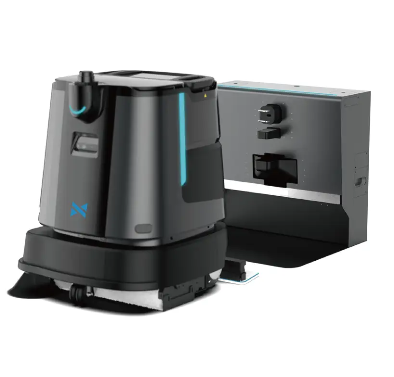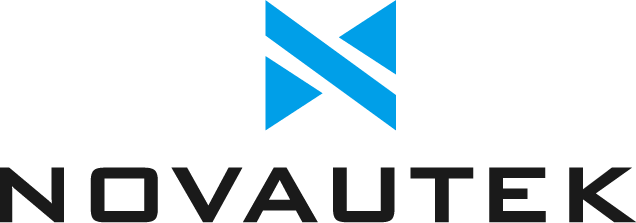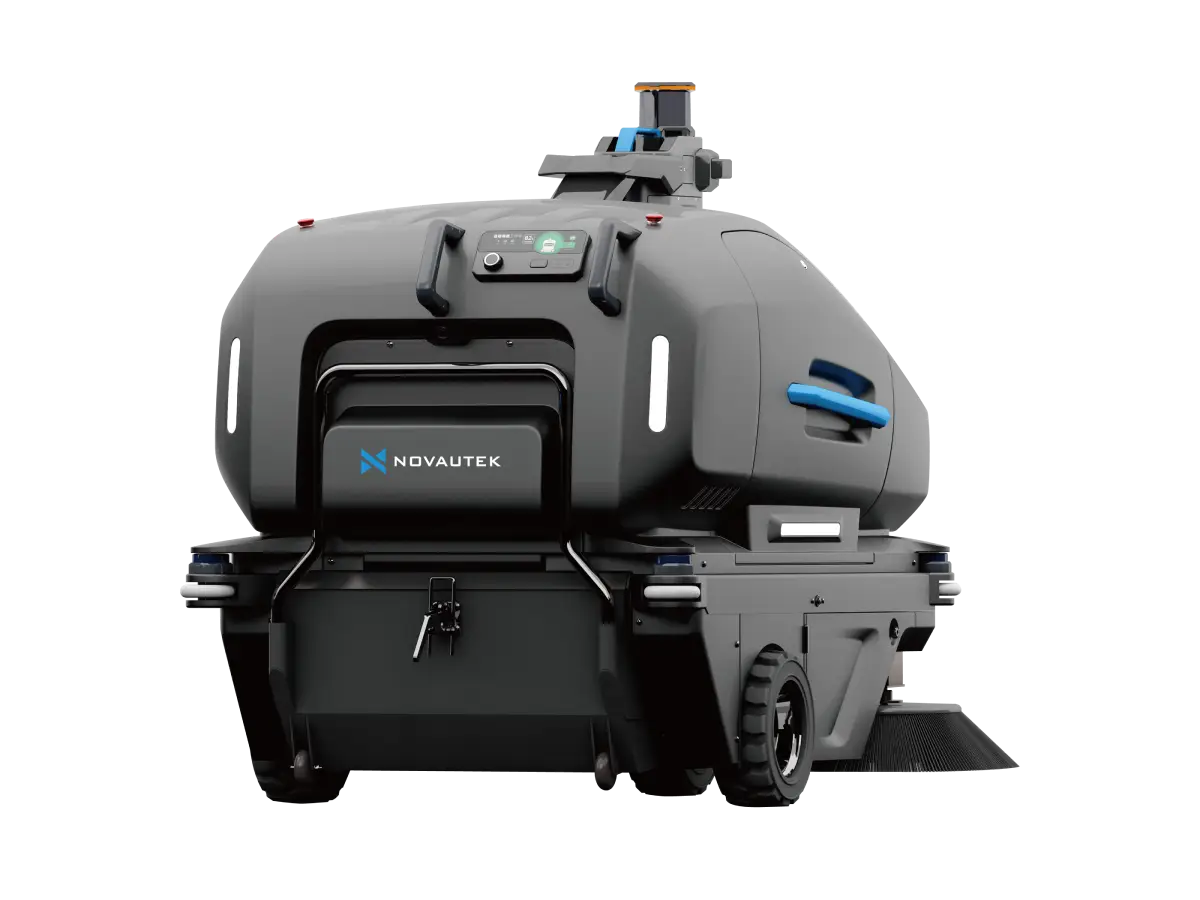The Rise of Automated Cleaning Solutions in Modern Industries
The industrial landscape is undergoing a remarkable transformation with the integration of industrial cleaning robots. These sophisticated machines are revolutionizing the way facilities maintain cleanliness, safety, and operational efficiency. As manufacturing plants, warehouses, and processing facilities grow increasingly complex, the demand for automated cleaning solutions has surged exponentially.
Industrial cleaning robots represent a convergence of advanced robotics, artificial intelligence, and specialized cleaning technologies. These autonomous systems are designed to tackle challenging cleaning tasks while delivering consistent, high-quality results across various industrial environments. From handling hazardous materials to maintaining sterile conditions in sensitive areas, these robots are becoming indispensable assets in modern industrial operations.
Operational Efficiency and Cost Benefits
Enhanced Productivity Through Automation
Industrial cleaning robots operate with remarkable consistency and efficiency, working tirelessly around the clock without the need for breaks or shift changes. These automated systems can clean vast areas more quickly than manual methods, significantly reducing the time required for maintenance operations. The ability to work continuously means facilities can maintain cleaner environments while minimizing disruption to regular operations.
The implementation of industrial cleaning robots leads to optimized resource utilization. These machines calculate the most efficient cleaning paths, use precise amounts of cleaning agents, and maintain detailed logs of their activities. This systematic approach not only ensures thorough cleaning but also eliminates waste and reduces overall operational costs.
Long-term Cost Reduction and ROI
While the initial investment in industrial cleaning robots may seem substantial, the long-term financial benefits are compelling. These automated systems reduce labor costs associated with manual cleaning, minimize the need for overtime work, and decrease expenses related to cleaning supplies through precise application methods. Additionally, the consistent maintenance provided by these robots helps prevent equipment deterioration and extends the lifespan of facility infrastructure.
The cost savings extend beyond direct cleaning expenses. Industrial cleaning robots help prevent workplace injuries related to cleaning tasks, reducing insurance costs and potential liability claims. They also contribute to energy efficiency by operating during off-peak hours and using optimized cleaning patterns that consume less power and resources.

Safety and Compliance Advantages
Workplace Safety Enhancement
Industrial cleaning robots excel in handling hazardous environments and dangerous cleaning tasks that pose risks to human workers. These machines can operate in extreme temperatures, work with caustic chemicals, and clean hard-to-reach areas without endangering personnel. The implementation of robotic cleaning solutions significantly reduces workplace accidents and exposure to harmful substances.
Advanced sensors and safety features ensure that industrial cleaning robots operate safely alongside human workers. These systems can detect obstacles, adjust their cleaning patterns to avoid collisions, and automatically shut down if they encounter unexpected situations. This sophisticated safety infrastructure creates a more secure working environment for all facility personnel.
Regulatory Compliance and Documentation
Modern industrial cleaning robots help facilities maintain compliance with strict regulatory requirements. These systems provide detailed documentation of cleaning activities, including time stamps, areas covered, and cleaning agents used. This automated record-keeping simplifies audits and ensures that cleaning protocols meet industry standards and regulatory guidelines.
The consistency of robotic cleaning operations helps maintain required cleanliness levels in regulated industries such as pharmaceuticals, food processing, and healthcare. These machines can be programmed to follow specific cleaning protocols and maintain the documentation necessary for compliance verification.
Environmental Impact and Sustainability
Resource Conservation
Industrial cleaning robots contribute significantly to environmental sustainability through efficient resource management. These systems use precise amounts of water and cleaning agents, reducing waste and minimizing environmental impact. Advanced filtration and recycling systems in these robots help conserve water and reduce the discharge of cleaning chemicals into the environment.
The optimization of cleaning routes and schedules by industrial cleaning robots leads to reduced energy consumption. These machines can operate during off-peak hours when energy costs are lower and can complete their tasks more efficiently than traditional cleaning methods, resulting in a smaller carbon footprint.
Sustainable Cleaning Practices
Modern industrial cleaning robots are designed with sustainability in mind, incorporating eco-friendly cleaning solutions and energy-efficient operations. These systems can be programmed to use green cleaning products and methods that minimize environmental impact while maintaining high cleaning standards. The precise application of cleaning agents reduces chemical usage and prevents over-concentration of cleaning solutions.
The durability and longevity of industrial cleaning robots also contribute to sustainability by reducing the need for frequent equipment replacement. These machines are built to last and can be updated with new software and features, extending their useful life and reducing waste associated with equipment disposal.
Frequently Asked Questions
What types of industries benefit most from cleaning robots?
Industrial cleaning robots are particularly beneficial in manufacturing facilities, warehouses, food processing plants, pharmaceutical companies, and large industrial complexes. Any facility with extensive floor space, regular cleaning requirements, or hazardous cleaning conditions can significantly benefit from these automated solutions.
How long does it take to implement industrial cleaning robots in a facility?
Implementation typically takes between 2-4 weeks, including initial setup, programming, and staff training. This timeline can vary depending on the facility's size, complexity, and specific requirements. Most manufacturers provide comprehensive support throughout the implementation process.
What maintenance is required for industrial cleaning robots?
Industrial cleaning robots require regular maintenance checks, including sensor cleaning, battery maintenance, and periodic software updates. Most systems have self-diagnostic capabilities and can alert operators when maintenance is needed. Routine maintenance is typically scheduled during off-hours to minimize operational disruption.
How do industrial cleaning robots adapt to different facility layouts?
These robots use advanced mapping technology and AI algorithms to learn and navigate facility layouts. They can be programmed with multiple floor plans and cleaning patterns, and their sophisticated sensors allow them to adapt to changes in the environment while maintaining efficient cleaning operations.

